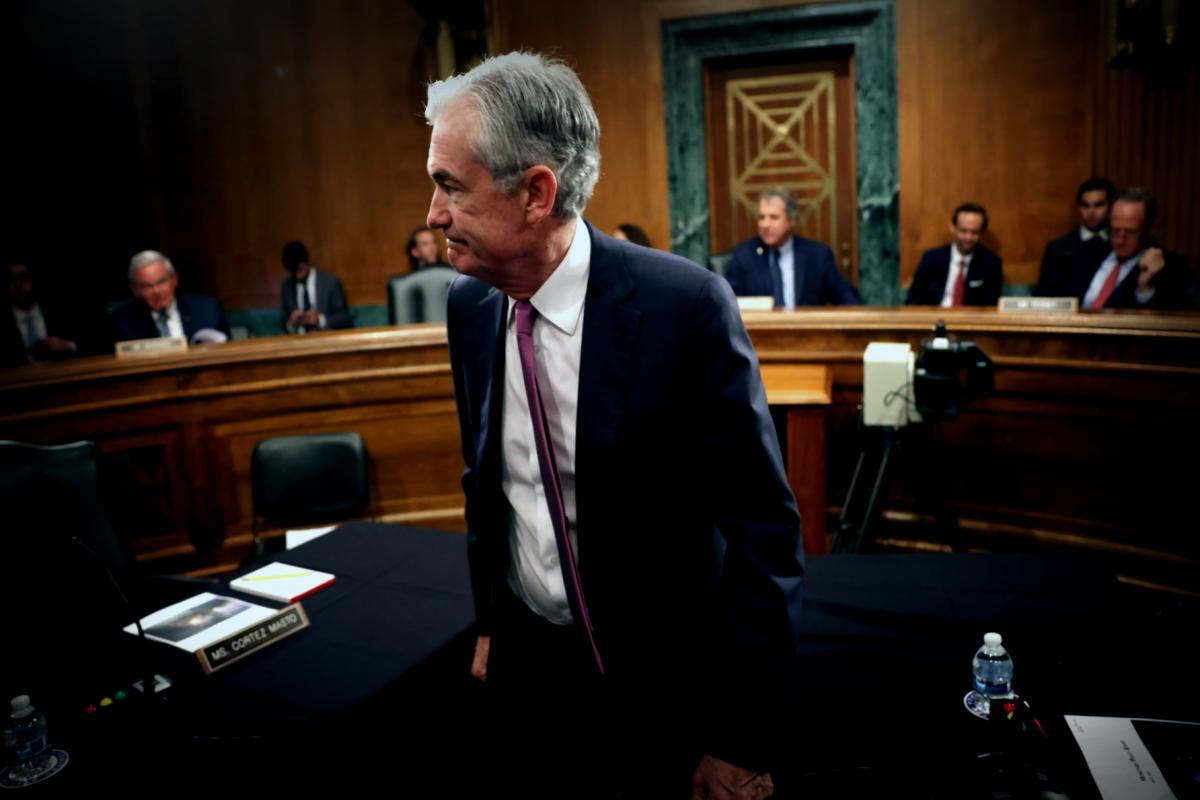Power of Congress Over the Fed
In 1913, the Federal Reserve Act established America’s central banking system, and Congress can still change how it operates. Recent pressures from the White House challenging the Fed’s independence have sparked discussions on its role in the economy.
Though President Trump has backed off from previously suggesting he might dismiss Fed Chair Jerome Powell, he relentlessly pushes for lower interest rates.
The announcement on Friday revealing that Governor Adriana Kugler will resign next week well before her term ends in January might give Trump a head start on choosing someone to take Powell’s place.
Trump has indicated he is looking for a new chair who will agree to lower rates, despite Powell and other policymakers’ reluctance to make adjustments amidst rising inflation and ongoing tariff uncertainties. Congress holding the reins over the Fed opens a path for changes in its authority and purpose.
Jeremy Siegel, a finance professor at Wharton, brought attention to this issue last month during an interview with CNBC, suggesting Powell might need to resign to maintain the Fed’s long-term independence. He argued that economically struggling situations could potentially turn Powell into a scapegoat for Trump, leading Congress to grant the president more direct control over the Fed.
Siegel asserted, “Don’t forget, our Federal Reserve wasn’t designed in the Constitution. It flows from Congress—it was created by the Federal Reserve Act of 1913. Congress can, and has, amended the act multiple times to change the powers of the Fed. They can again. “
His concerns seem justified as indicators in the economy are flashing warning signs, especially seen in a shocking jobs report last Friday that pointed to a significant decline in expected payroll numbers.
Revamping the Fed’s Mission
Lawmakers are not immune to the understanding of Congress’s leverage over the Fed. In a recent Axios event, Senator Bernie Moreno from Ohio addressed the need for discussions on updating the Federal Reserve Act.
He suggested, “We definitely have things we need to discuss. For example, should the Fed continue paying interest to banks on overnight deposits? That’s something worth looking into. “
Moreno emphasized his concern over the Fed paying interests to U.S. and foreign banks and expressed doubt that this plan was beneficial, suggesting it might need adjustments.
He raised the issue of the Fed’s dual mandate established in 1977—a drive for full employment alongside price stability—and proposed revisiting this mission to include the goal of achieving maximum employment at the highest feasible wage.
Further, Moreno scrutinized Powell’s previous decisions, highlighting his hesitance to raise rates sooner during the pandemic’s demand surge and the ongoing debate regarding tariffs and inflation rates. He voiced concern over the need for Powell’s decisions to be evaluated from a neutral standpoint.
The Senator argued that while he firmly supports the Fed’s autonomy, he believes firing Powell could be justified if he showcased severe incompetence.
Understanding Fed Independence
Nevertheless, the Federal Reserve isn’t entirely shielded from politics. Its chair and board are appointed by the president and confirmed by the Senate. The chair also faces Congressional questioning regularly.
However, the structure of the Fed is designed to be separated to a degree from political encroachments. Board members enjoy staggered 14-year terms, which protects against significant shifts in control by any single president. They can’t be dismissed for simple policy disagreements, needing substantive causes as defined by law.
Regional Fed presidents also come without political appointments, and the Fed funds its operations independently. Michael Pugliese, a senior economist at Wells Fargo, remarked on the nuanced nature of Fed independence, pointing out it formulates from laws, norms, and traditions rather than an explicit independence clause.
Pugliese finds it unlikely for Congress to shift the Federal Reserve Act in a way that explicitly grants more power to the White House. The partisan environment means such changes would face resistance from both sides of the aisle.
Balancing such political dynamics could potentially open pathways to various policy discussions beyond just the Federal Reserve Act, highlighting the complexity surrounding Fed independence and institutional operations.
This article originally appeared on Fortune.com.




















